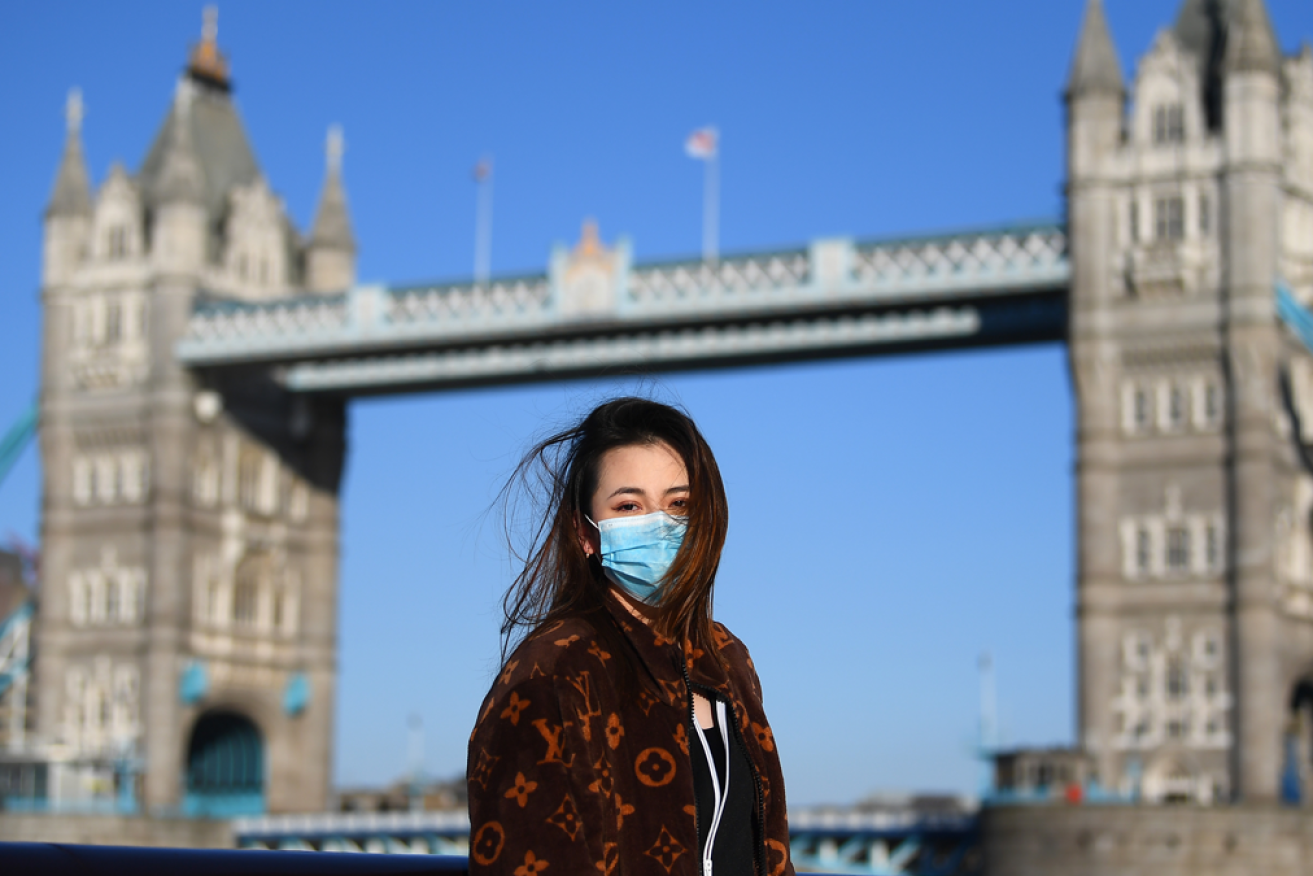Europe is bringing back COVID restrictions. Here’s what it means for Australia


As Europe heads into winter, many countries including the UK have experienced a spike in COVID cases. Photo: Getty
The number of people dying from the coronavirus is declining worldwide – except for in Europe where infections and deaths are again on the rise.
The World Health Organisation said on Thursday morning that coronavirus deaths rose by 10 per cent in Europe in the past week, while overall numbers dropped by 4 per cent worldwide.
It was the sixth consecutive week that the virus has risen across the continent, as some countries face a fourth wave and the WHO declared the continent was “once again at the epicentre” of the global pandemic.
That includes Germany which is experiencing its highest rate of infection since the pandemic began, registering almost 40,000 cases in the past day.
On Thursday morning, one of Germany’s top virologists issued a warning that a further 100,000 people could die in his country.
Some regions in Germany – including in the state of Saxony where vaccine uptake is only at 57 per cent – are locking out unvaccinated residents from public venues.
Denmark, Austria and Iceland have also reintroduced some restrictions.
So if European leaders are mulling a return to lockdown to combat rising case numbers, what does that mean for Australians?
Experts believe Australia is on a very different post-lockdown trajectory.
“We’re not seeing anything that’s alarming,” Deakin University chair in epidemiology Catherine Bennett told The New Daily.
The difference between Australia and most of Europe is that Sydney and Melbourne exited lockdown with high vaccine coverage and manageable daily case numbers.
“Europe saw some control over summer, but in winter it’s picking up again, and off a pretty high base if you look at places like the UK,” Professor Bennett said.
“It got down so they were sort-of living with it, but it was at higher levels. We’re not planning to tolerate that level.”

COVID cases have surged in Germany in November. Photo: Getty
Professor Maximilian de Courten, director of the Mitchell Institute at Victoria University, said it’s important to keep comparisons between Australia and other countries in perspective.
Although New South Wales and Victoria recently experienced daily case numbers in the 1000s and 2000s, respectively, the per capita number of infections was still vastly lower than in many parts of Europe.
And while the UK, Hungary, and most other European countries got off to a cracking start with their vaccine rollouts, Australia caught up to – and in some cases surpassed – these countries while Sydney and Melbourne were still locked down.
“Only a few countries are ahead,” Professor de Courten told TND.
“We’re really coming out on top, when we came in late.”
Both experts also pointed to Australia’s relatively late vaccine rollout as a reason why immunity hasn’t waned in the community compared to Europe, where many fully vaccinated adults are passing the six-month mark since they were jabbed.
That means Australia’s booster shot rollout has come just at the right time.
Another factor in countries like the UK is that certain demographics, such as younger people, have been lagging in terms of vaccine uptake.

A sign on a shop window at Traunstein, Bavaria, informs customers that masks are mandatory from November onwards. Photo: Getty
“The point with vaccination is that when you get to high levels, particularly the sort of levels we’ve got in Australia, it supports the public health response, but it’s not going to be everything,” Professor Bennett said.
“The virus is effective at finding where there’s lower vaccination rates. That’s where it will just naturally spread more easily.”
The outlook is that case numbers will rise slightly, but not to the same extent as in Europe.
So while Australia might still see specific localised measures when significant outbreaks do arise, it’s unlike any city will return to a full lockdown.
The past 18 months provide ample case studies of what does and doesn’t work, Professor Bennett said.
As Australians learn to live with COVID-19, hospitalisations are expected to “decouple” from the daily case numbers.
“The key thing to keep an eye on will be numbers in the hospital, and numbers in the ICU,” Professor de Courten said.
“We need to shift our focus away from always looking at the cases, and rather look at the daily hospitalised cases.”








